Copyright 2012 by John Wiley & Sons, Inc. All rights reserved
Published by John Wiley & Sons, Inc., Hoboken, New Jersey
Published simultaneously in Canada
No part of this publication may be reproduced, stored in a retrieval system, or transmitted in any form or by any means, electronic, mechanical, photocopying, recording, scanning, or otherwise, except as permitted under Section 107 or 108 of the 1976 United States Copyright Act, without either the prior written permission of the Publisher, or authorization through payment of the appropriate per-copy fee to the Copyright Clearance Center, Inc., 222 Rosewood Drive, Danvers, MA 01923, (978) 750-8400, fax (978) 750-4470, or on the web at www.copyright.com . Requests to the Publisher for permission should be addressed to the Permissions Department, John Wiley & Sons, Inc., 111 River Street, Hoboken, NJ 07030, (201) 748-6011, fax (201) 748-6008, or online at http://www.wiley.com/go/permission .
Limit of Liability/Disclaimer of Warranty: While the publisher and author have used their best efforts in preparing this book, they make no representations or warranties with respect to the accuracy or completeness of the contents of this book and specifically disclaim any implied warranties of merchantability or fitness for a particular purpose. No warranty may be created or extended by sales representatives or written sales materials. The advice and strategies contained herein may not be suitable for your situation. You should consult with a professional where appropriate. Neither the publisher nor author shall be liable for any loss of profit or any other commercial damages, including but not limited to special, incidental, consequential, or other damages.
For general information on our other products and services or for technical support, please contact our Customer Care Department within the United States at (800) 762-2974, outside the United States at (317) 572-3993 or fax (317) 572-4002.
Wiley also publishes its books in a variety of electronic formats. Some content that appears in print may not be available in electronic formats. For more information about Wiley products, visit our web site at www.wiley.com .
Library of Congress Cataloging-in-Publication Data:
Nicholson, W. Keith.
Introduction to abstract algebra / W. Keith Nicholson. 4th ed.
p. cm.
Includes bibliographical references and index.
ISBN 978-1-118-28815-3 (cloth)
1. Algebra, Abstract. I. Title.
QA162.N53 2012
512'.02dc23 2011031416
Chapter 0
Preliminaries
0.1 Proofs
a.
If n = 2 k , k an integer, then n 2 = (2 k )2 = 4 k 2 is a multiple of 4.
The converse is true: If n 2 is a multiple of 4 then n must be even because n 2 is odd when n is odd (Example 1).
c.
Verify: 23 6 22 + 11 2 6 = 0 and 33 6 32 + 11 3 6 = 0.
The converse is false: x = 1 is a counterexample. because

a. Either n = 2 k or n = 2 k + 1, for some integer k . In the first case n 2 = 4 k 2; in the second n 2 = 4( k 2 + k ) + 1.
c. If n = 3 k , then n 3 n = 3(9 k 3 k ); if n = 3 k + 1, then

if n = 3 k + 2, then n 3 n = 3(9 k 3 + 18 k 2 + 11 k + 2).
a.
If n is not odd, then n = 2 k , k an integer, k 1, so n is not a prime.
The converse is false: n = 9 is a counterexample; it is odd but is not a prime.
c.
If

then

, that is a > b , contrary to the assumption.
The converse is true: If

then

, that is a b .
a. If x > 0 and y > 0 assume

. Squaring gives

, whence

. This means xy = 0 so x = 0 or y = 0, contradicting our assumption.
c. Assume all have birthdays in different months. Then there can be at most 12 people, one for each month, contrary to hypothesis.
a. n = 11 is a counterexample because then n 2 + n + 11 = 11 13 is not prime. Note that n 2 + n + 11 is prime if 1 n 9 as is readily verified, but n = 10 is also a counterexample as 102 + 10 + 11 = 112.
c. n = 6 is a counterexample because there are then 31 regions. Note that the result holds if 2 n 5.
0.2 Sets
a. A = { x

x = 5 k ,

, k 1}
a. {1, 3, 5, 7,... }
c. { 1, 1, 3}
e. { } = is the empty set by Example 3.
a. Not equal: 1

A but 1 B .
c. Equal to { a , l , o , y }.
e. Not equal: 0

A but 0 B .
g. Equal to { 1, 0, 1}.
a. , {2}
c. {1}, {3}, {1, 2}, {1, 3}, {2, 3}, {1, 2, 3}
a. True. B C means each element of B (in particular A ) is an element of C .
c. False. For example, A = {1}, B = C = {{1}, 2}.
a. Clearly A B A and A B B ; If X A and X B , then x

X implies x

A and x

B , that is x

A B . Thus X A B .
If x

A ( B 1 B 2... B n ), then x

A or x

B i for all i . Thus x

A B i for all i , that is x

( A B 1) ( A B 2)... ( A B n ). Thus










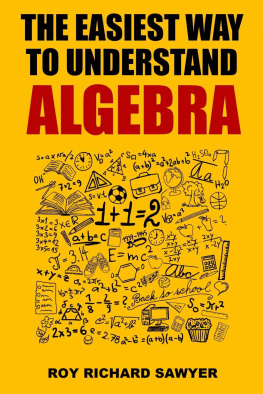
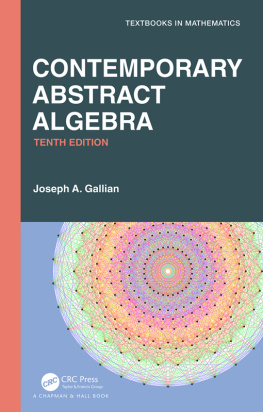

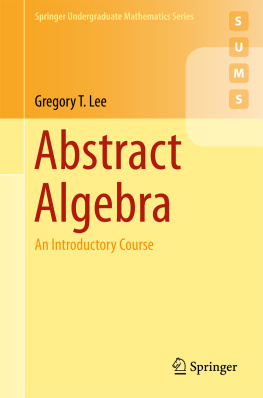
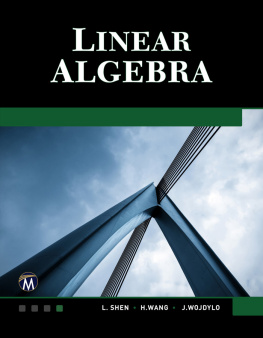
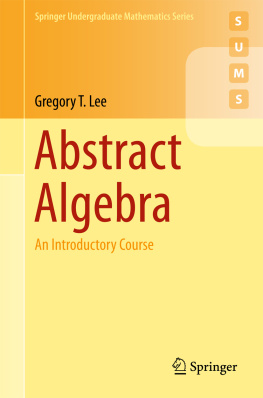
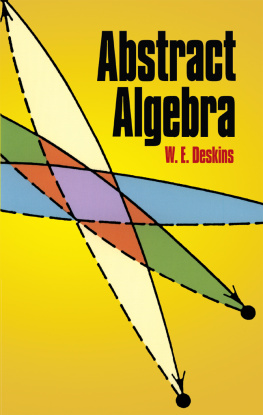
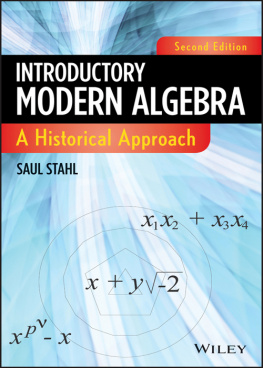
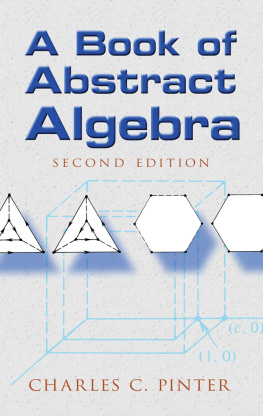



 then
then  , that is a > b , contrary to the assumption.
, that is a > b , contrary to the assumption. then
then  , that is a b .
, that is a b . . Squaring gives
. Squaring gives  , whence
, whence  . This means xy = 0 so x = 0 or y = 0, contradicting our assumption.
. This means xy = 0 so x = 0 or y = 0, contradicting our assumption. x = 5 k ,
x = 5 k ,  , k 1}
, k 1} A but 1 B .
A but 1 B .